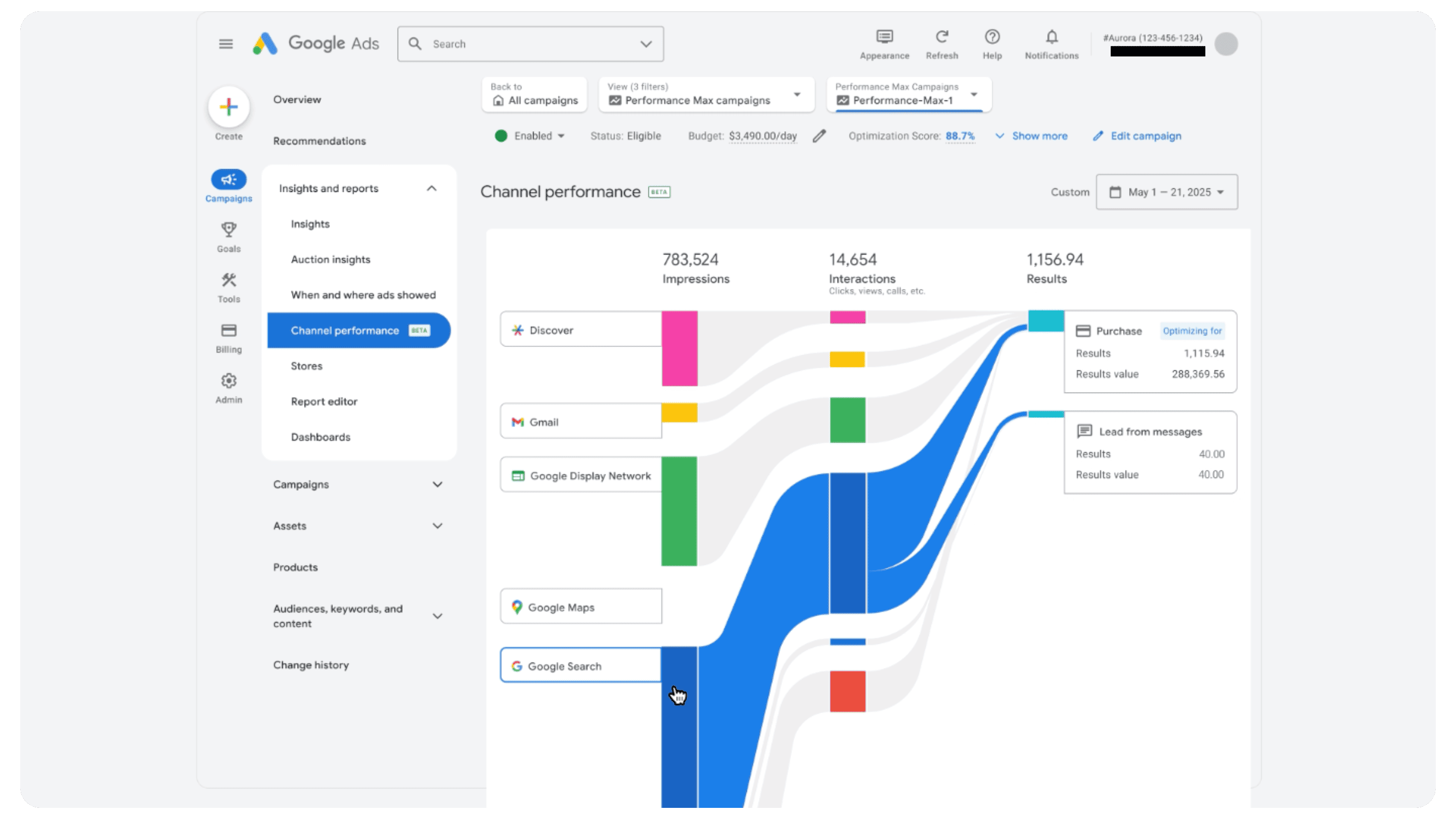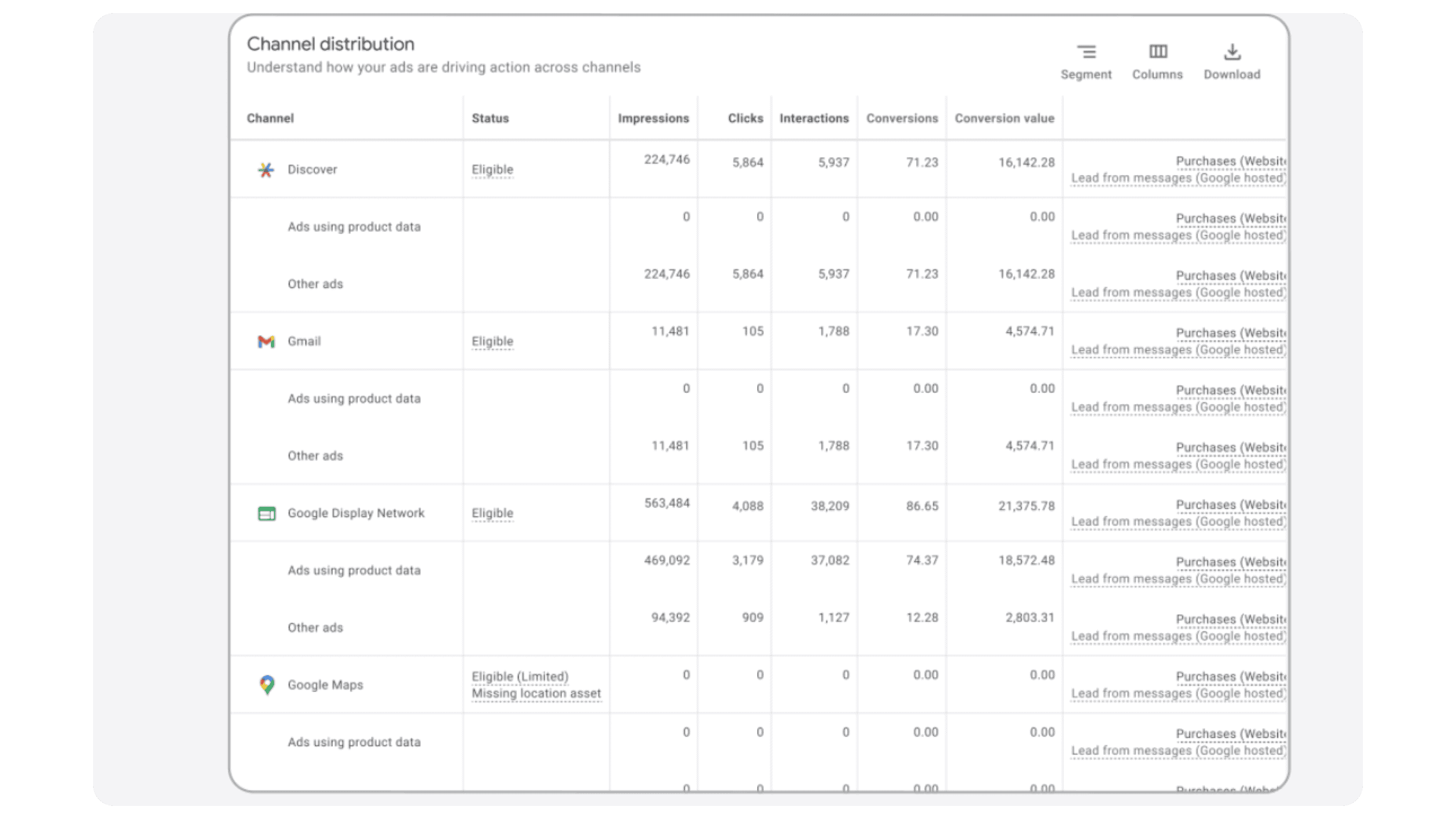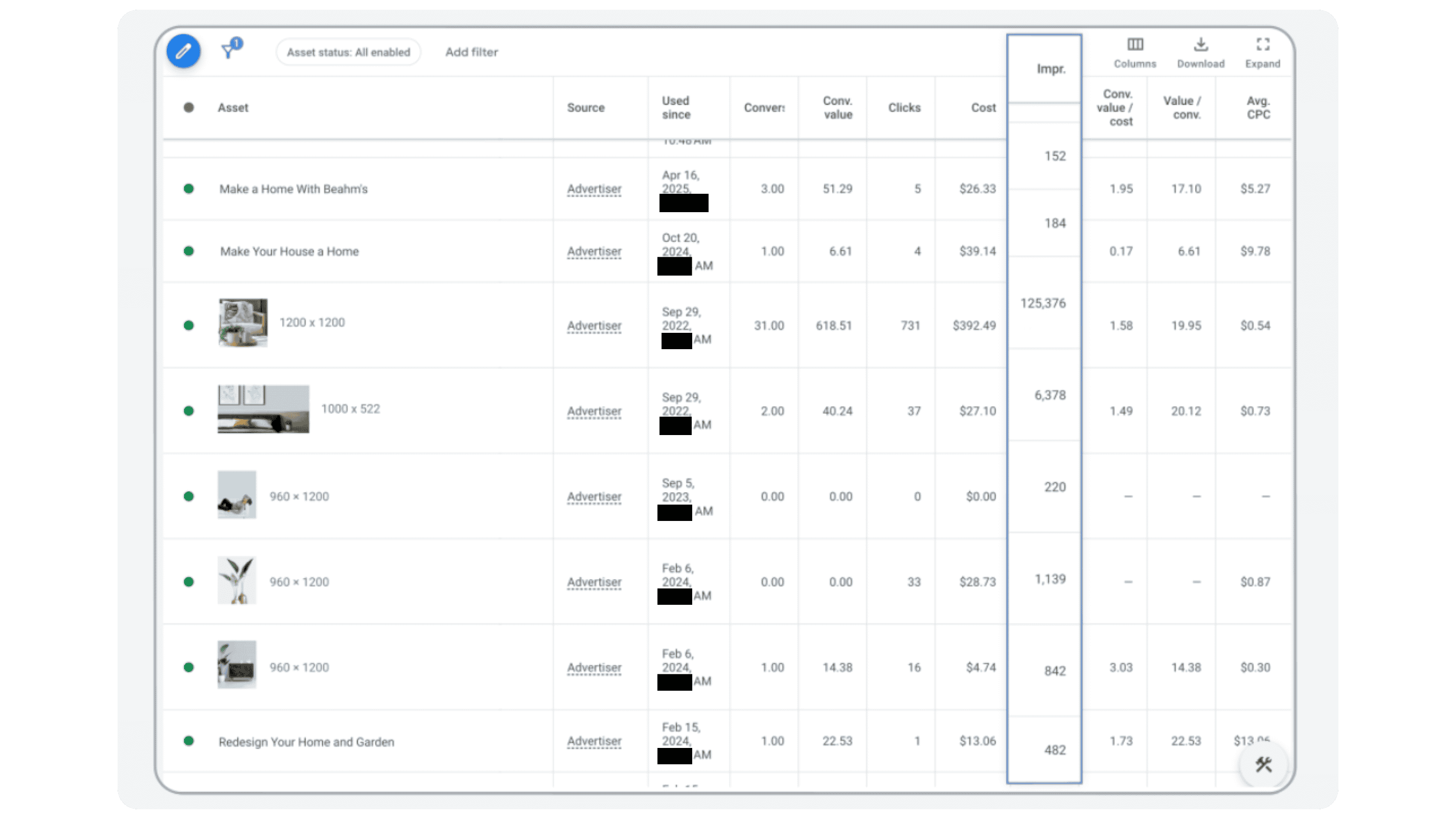Google just announced major transparency updates to Performance Max that could change campaign performance forever. Here’s my breakdown of what’s coming next for Google Ads and why it actually matters.

The Black Box Is Opening: Google’s Biggest Performance Max Update Yet
Look, I’ve been critical of Google Ads before — and with good reason. Since its launch, Performance Max has essentially been a black box that swallows your advertising budget and spits out results with almost zero insight into what’s happening inside your Performance Max campaigns, with no channel level reporting, no asset group performance breakdowns, and limited impressions, clicks, and cost insights.
And let’s be honest: Google may stand to benefit from that lack of clarity. After all, when you can’t see where your money’s going due to a lack of channel reporting, it’s pretty convenient for them.
But something unexpected just happened.
On April 30th, Google announced the biggest transparency update to Performance Max since its launch. And surprisingly, these changes are genuinely impressive. Here’s what’s coming and why every advertiser running Performance Max campaigns should pay attention.
Prefer video? Check out Massive New PMax Reporting Updates Coming! on YouTube here:
Still with us? Good. Let’s dive in.
Update #1: New Channel-Level Reporting

The most significant update is the new Channel Performance reporting tab that breaks down your Performance Max results by specific channels:
- Search
- Shopping
- YouTube
- Display Network
- Gmail
- Discover
- Maps
This channel performance page enables you to see clear metrics for each channel including impressions, clicks, cost, and — most importantly — conversions. Thanks to more detailed channel performance reporting, you’ll finally know how your ad budget is being spread out across Google’s channels (and whether your Google Ads Performance Max budget is mostly driving Shopping clicks or if it’s being drained by YouTube views that never convert).

If you’ve used Mike Rhodes’ popular Performance Max script (which has been a lifesaver for many of us), this is essentially Google building that functionality directly into the Google Ads interface to provide advertisers with a clearer picture of their overall Performance Max results.
At Grow My Ads, I can’t tell you how many account audits we’ve done where clients had absolutely no idea where their Performance Max placements were. In many cases, what we found was shocking — 80%+ of actual conversions coming from Shopping, while the rest of their budget disappeared into Display and YouTube with little to show for it. Now, with a channel performance page and enhanced channel performance reporting, that should happen a lot less frequently. This new feature marks a step forward in Google’s push for more transparency
Update #2: Search Term Data Comes to Performance Max (Finally!)
Those vague “search terms insights” never actually told advertisers much. They were more like a half-hearted attempt at transparency that actually revealed very little.

Now, Performance Max is getting true search term reporting similar to what you’ve always had in standard Search campaigns. This means:
- Visibility into the actual queries triggering your ads
- The ability to add campaign level negative keywords based on real data
- Optimization based on genuine user intent rather than Google’s mysterious “themes”
If you’ve been frustrated watching your budget go to irrelevant terms or branded searches you never intended to bid on, this change alone could dramatically improve your Performance Max campaign performance.
Update #3: Richer Asset Metrics
Remember those “Low,” “Good,” and “Best” labels Google slapped on your assets? The ones that told you (almost) nothing useful about asset performance?

They’re being replaced with more detailed reporting via actual asset reporting performance data for each individual asset — your headlines, descriptions, images, and videos will now show:
- Impressions
- Clicks
- Cost
- Conversion value/cost
- Average CPC
These new reporting metrics aren’t just for Performance Max campaigns — they’re coming to Responsive Search Ads and Responsive Display Ads, too. For anyone serious about creative optimization and achieving their business goals, this is huge. Instead of guessing why Google thinks something is “Low” performing, you’ll see exactly how each asset contributes to your goals via more robust asset reporting at the asset level.
When Is All This Happening?
Here’s the rollout timeline:
- April 30, 2025: Initial announcement
- Early May: Search term reporting begins rolling out
- May 21: Google Marketing Live event (expect full demos and possible open beta access)
- Q3 2025: Asset-level metrics expand to RSAs and RDAs
What Should You Do Right Now?
- Baseline your current performance
Before these new Performance Max features roll out, get a snapshot of where you stand. If you haven’t already, implement the Performance Max script to establish your current channel performance and distribution, paying attention where possible to impressions, clicks, and cost. - Prepare your negative keyword lists
Once you can see the actual search terms, you’ll want to move quickly to block irrelevant spend. Start building those lists now. - Get ready to test new creative assets
With real channel performance reporting metrics coming to your assets, prepare a creative strategy that you can test once you have actual data to work with. - Mark May 21st in your calendar
Google Marketing Live will likely provide the most detailed information about these features and how to access them early. You can learn more here.
Why This Actually Matters
Performance Max campaigns worked brilliantly — for Google (and for some advertisers). By forcing advertisers into a campaign type that automatically spread budget across all Google’s properties, Google effectively boosted ad revenue across YouTube, Display, Gmail, and other channels where many advertisers weren’t previously spending.

But these new Performance Max updates shift some power back to you, the advertiser. For the first time, you’ll be able to see exactly where your money is going and what’s actually delivering ROI in your Performance Max campaigns. Having a more thorough understanding of channel performance and more detailed asset reporting should provide advertisers with the feedback they need to improve overall campaign performance.
Final Thoughts
It took years of complaints and negative advertiser feedback, but Google finally listened. These Performance Max updates mark a genuine turning point for Performance Max — and create a significant opportunity for advertisers who action these insights quickly.
The black box isn’t completely transparent yet, but these changes crack it open just enough to give smart marketers a major advantage. Be ready to dive into this data as soon as it’s available.
Update: This post covers the announcement from April 30th. Full feature demos are expected at Google Marketing Live on May 21st, 2025. Bookmark this page for updates as new information becomes available.



